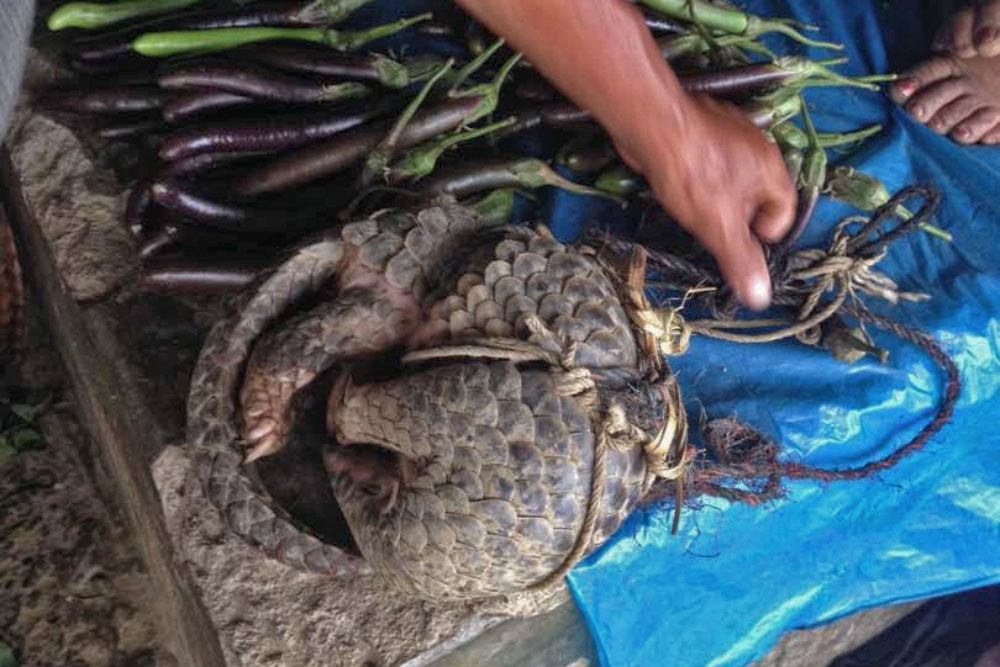Wildlife trafficking is the fourth largest transnational crime after arms, drugs, and human trafficking as per United Nations Office on Drugs and Crime. When it comes to South Asia, India is considered as the source country for the wild species and its body parts. The World WISE database shows 1000 to 62,000 seizures reported by India from 2004 to 2015. The Wildlife (Protection Act), 1972 is the primary legislation that protects the species listed under Schedule I to IV of the Act. It prohibits various activities such as hunting, trade, purchase, possession, attempt, abetment, habitat destruction, causing fires, transportation, entering protected area, entering protected area with a weapon, etc.
While talking about the offence of illegal possession of wild animals, if a person is found in control or custody or ownership of species listed in Schedule I and Part II Schedule II then they shall be punishable with 3-7 years of imprisonment and a fine of at least 10,000 Rupees under section 51(1) of the Act. Also, in case of possession of Part I Schedule II, Schedule III, and Schedule IV species, the person can be imprisoned with a term of up to 3 years and/ or with a fine of up to 25,000 Rupees. However, they can be penalised if they fail to produce Certificate of Ownership, permits or licenses.
It has been observed that the enforcement agencies across India have a common tendency to only charge the accused person(s) with the offence of hunting under section 9 of the Act, despite the fact that in most of the cases the offence of illegal possession also takes place as a consequence to or as a part of hunting. For example, if an accused boils a live pangolin to remove its scales, he not only commits the offence of hunting, but he also has the custody and possession of it. Another example could be, if a tiger skin was recovered from the house of the accused, he will be charged for the offence of illegal possession under the Act. However, it will depend upon the facts and evidence whether he has hunted it himself or not. In the case of Rekhchand vs. State of Madhya Pradesh [2008 (4) MPHT 464], the court held that by merely finding a person in possession of a leather of wild animal, it cannot be presumed that he has hunted or killed the animal, especially in the absence of the evidence corroborating the same. Had the accused also been charged with the offence of illegal possession along with hunting, the court would have held him guilty. In order to prove the offence of illegal possession the burden of proof is upon the accused as per section 57 of the Act and no such strong evidence is required to convince the court. Hence, it is highly recommended for the enforcement agencies, especially the state forest departments to invoke the provision of the illegal possession (under section 39(3) r/w 57) in addition to the offence of hunting.
To sum up, it is important to understand that whenever accused persons violate any law(s), they end up committing multiple offences in furtherance of the illegal action(s). Therefore, the facts of a case should be analysed carefully by the enforcement agencies so that all the relevant sections are invoked and no room is left for the acquittal of the accused.


 CI is a non-profit, non-commercial portal that aims to facilitate wildlife and nature conservation by providing reliable information and the tools needed to campaign effectively.
CI is a non-profit, non-commercial portal that aims to facilitate wildlife and nature conservation by providing reliable information and the tools needed to campaign effectively.